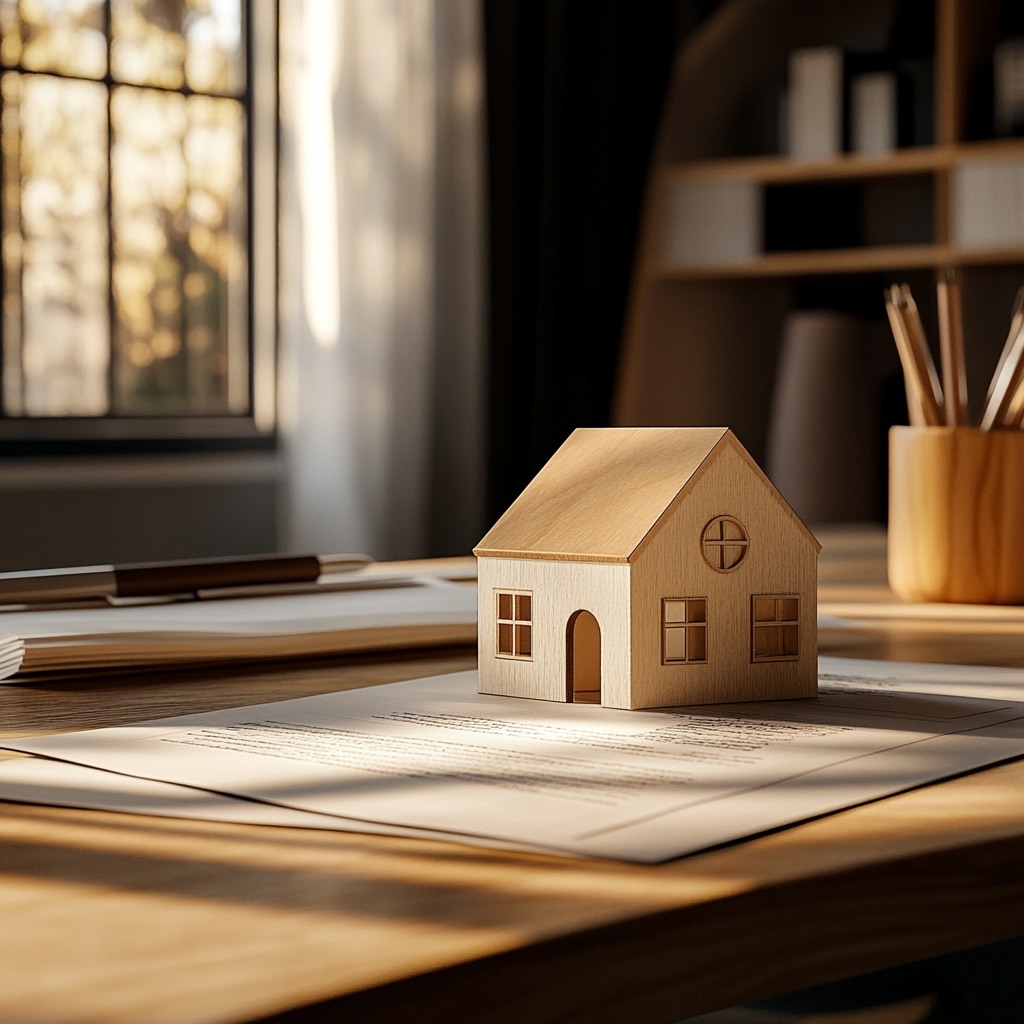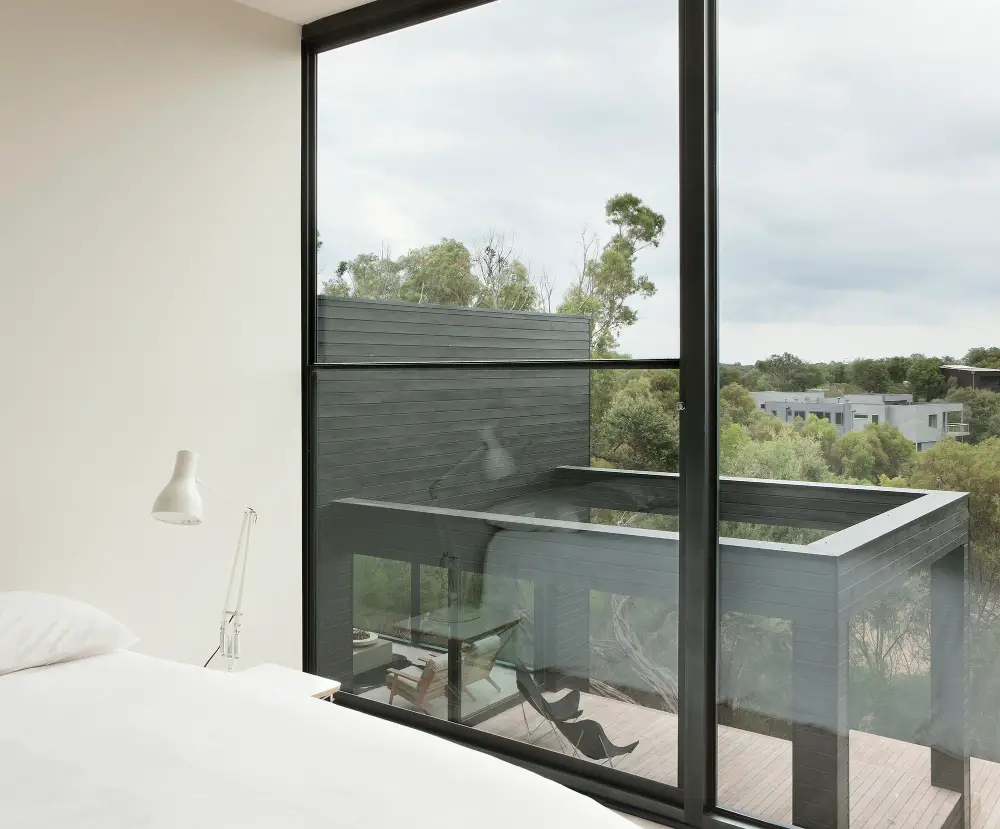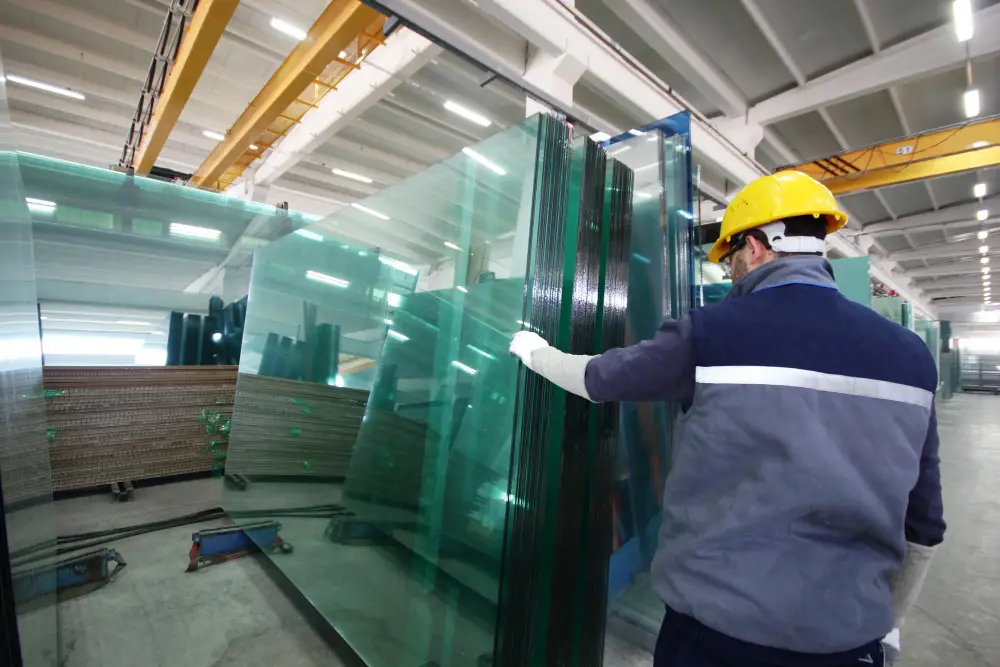When it comes to the ambiance of your abode, interior design plays a pivotal role in turning a mundane space into a sanctuary of style and comfort. The décor choices you make can influence not only your personal well-being, but also leave a lasting impression on visitors.
In the quest for a beautifully designed home, there are crucial factors to consider, from the choice of color palettes to the selection of furniture that harmonizes with your architecture. Join us as we explore the essential elements of interior design that will breathe new life into your living space and create an environment that truly reflects your personality and taste.
Hire an Interior Designer
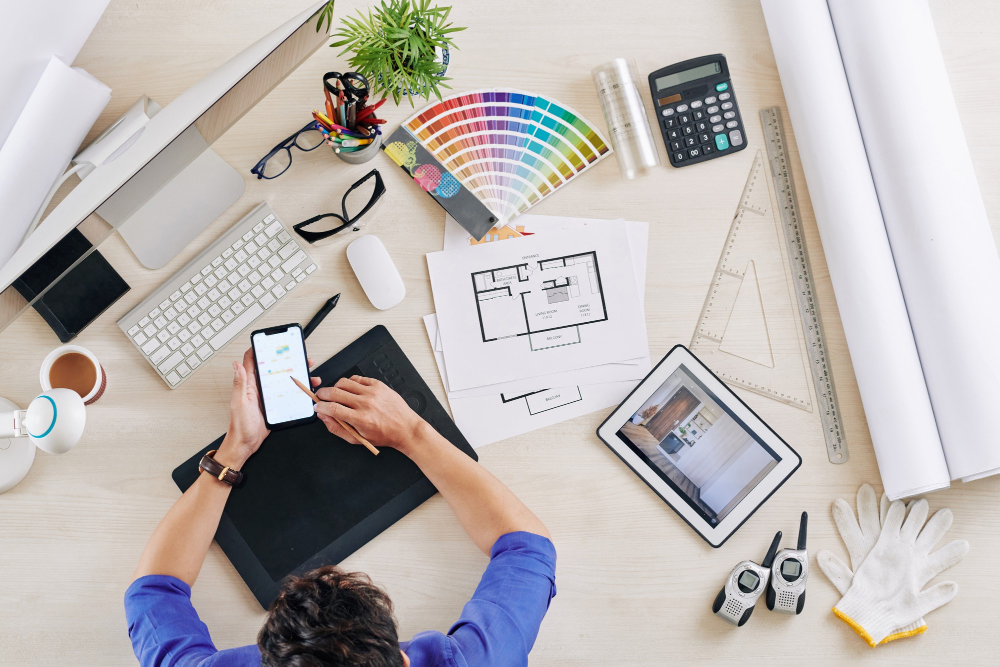
Hiring an expert means hiring someone to guide you through transforming a simple living area into a remarkable haven that perfectly blends style with functionality. When hiring Flitch’s interior design services, for instance, you can get your own interior stylist to enjoy a hassle-free furniture shopping experience from the comfort of your home.
This personalized approach ensures that every furnishing choice and decorative accent mirrors your unique taste while remaining attuned to the latest trends and timeless designs. With professional advice, achieving a cohesive look that speaks to your soul and functions for your lifestyle becomes a seamless and rewarding process.
Balancing Aesthetics with Practicality
It’s no secret that a visually appealing space can greatly enhance your mood, but practicality is equally important. A trendy piece of furniture may look Instagram-worthy, but does it meet the needs of daily use?
Consider the durability and functionality of your design choices. Are they easy to maintain? Will they stand the test of time? A harmonious blend of aesthetics and practicality is key to a well-designed home that remains both inviting and enduring.
Lighting as the Shaper of Spaces
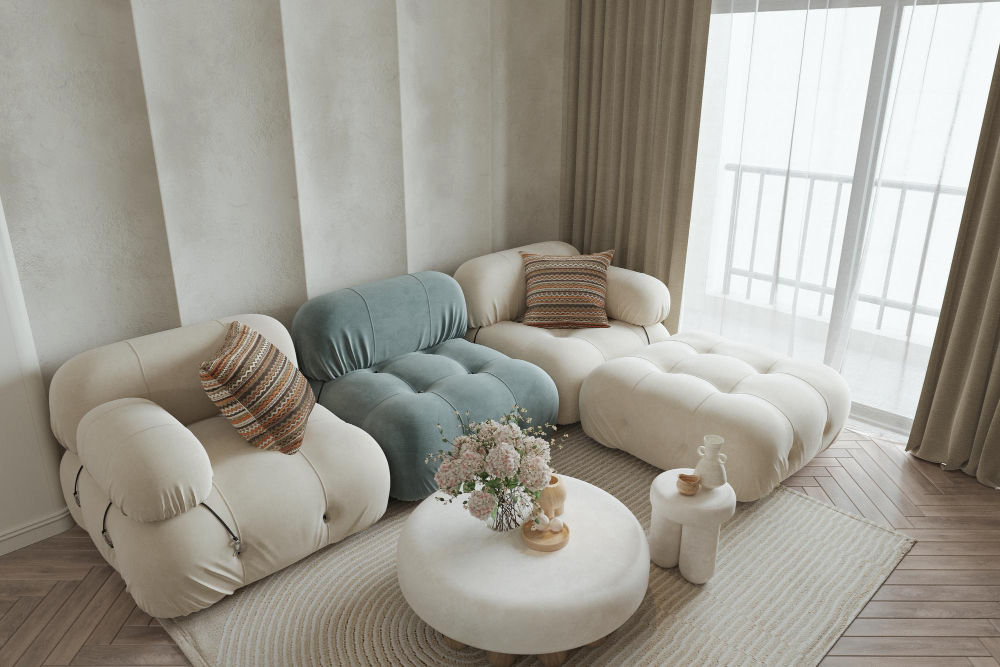
Lighting can dramatically transform the perception of space and is a crucial component in interior design. A dark corner can be brought to life with the gentle glow of ambient light, while task lighting is essential for the kitchen and workspace.
Natural light is the most coveted, as it not only reduces the need for artificial lighting but also has a positive impact on your mental and physical health. When planning your home’s design, consider the placement of windows and how you can maximize the influx of natural light to create a warm and open living environment.
Understanding Color Psychology
Color is one of the most powerful tools at an interior designer’s disposal. It has the ability to influence emotions and even behaviors within a space. Warm colors like reds and yellows can create an intimate and cozy atmosphere, perfect for social spaces.
Cool colors such as blues and greens are known for their calming effects, making them ideal for bedrooms and relaxation areas. Neutral tones provide a versatile backdrop that complements a range of styles and can be accented with bolder hues to add personality to your home.
Your home should be a reflection of your unique taste and lifestyle, and interior design is the key to achieving this. With these essential interior design considerations in mind, you can transform your living space into a haven of style and comfort that truly reflects who you are.
Recap
